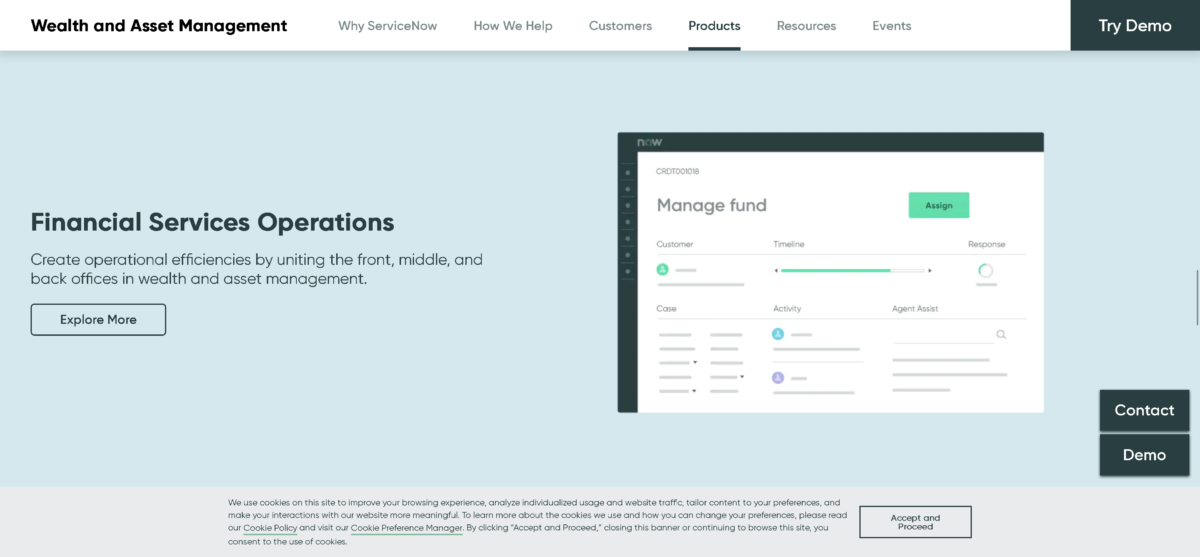I recently posted an article for the CloudTweaks community on “Cloud-Enabled Managed Hosting: 5 Things a Cloud Provider Should Offer” and many readers have since asked me to expand upon this list. So, as a sequel to my first article, here are another five things I believe a cloud provider should offer.
As a paying customer you should have access to the same monitoring tools your provider is using to track performance and usage. Often, providers will not make these systems available to their customers, masking potential issues and thereby limiting the customer’s ability to troubleshoot their systems and perform proper capacity planning. If your provider does not let you access their monitoring tools they are most likely trying to hide something and they should be eliminated.
Your cloud provider should have the ability, knowledge and skillset to provide the level of security required for your business. I am not a big believer in these “pre-canned” providers that state they are HIPAA or PCI compliant. These regulations, especially HIPPA, are very subjective in nature with responsibilities on both parties (customer and provider) to achieve compliance. So, I hesitate when I see advertising for HIPPA or PCI compliance Clouds. There are definitely controls that can be offered to help achieve compliance, but to make an absolute statement without knowing the nuances of each customer seems a bit bold. So, you should look for a provider with a strong security background capable of architecting a security program that fits your needs.
Providers should offer intrusion prevention, encryption of data at rest and in motion, data leakage prevention, two-factor, log aggregation and retention, security information management and other controls to help you achieve the required level of compliance needed. The ability to manage these security controls is also a big plus in the event you do not have one year but that directly translates into their lower customer startup and acquisition cost. The problem with a three-year contract is by the last year of that contract you are most likely paying rates well above current cloud rates for IaaS. The cost of servers, RAM and storage constantly go down and as these cloud providers leverage these new technologies their cost goes down as well. So, a respectable provider should allow the customer one price negotiation per contract. The only caveat is with the negotiation comes the terms of a new 3-year contract from that date. Upside, that new contract will also allow one price negotiation.
When looking for your next cloud provider make sure they are willing to take the time and effort to integrate into your change control process. Your change control process should incorporate all systems, managed by you or your providers, with all changes being reviewed by both parties. There are often system interdependencies that exist which can be overlooked when change control processes are separated. This often leads to unnecessary downtime and confusion during the troubleshooting process when issues arise.
Getting all teams on the same page and working in unison provides better feedback for changes and possible issues while ensuring a more successful outcome. Also, in the event of an issue, all parties feel ownership to resolve with less finger pointing due to the fact they all participated and had input prior to the change. This is an important and often overlooked point.
Twenty-five percent of outsourcing customers will actively seek to eject their current provider if they have not effectively helped them standardize, automate or transform their processes over the next two years. Thirty-seven percent will fire providers for failing to meet compliances, 28 percent if the provider cannot provide greater flexibility to achieve scale and 27 percent will be fired if they do not lower operating cost.
Outsourcing and managed services is not just about cost reduction and getting basic tactical operations functional; it’s about moving clients into a future state that is much more effective than the current one. Customers should be looking for more technology-enabled business value from suppliers. Forty-eight percent want improved analytics to improve operation and access to strategic talent, while 47 percent stated that access to new technologies are important.
Service Providers need to embrace the mentality of value and show how value is synonymous with the partnership. Customers should think about the three main ways value is exchanged between them and their provider. First, there is value exchange – customer pays $1 for a given unit of service. Secondly, we have value extraction – companies that use their power and leverage to get that same unit of service for $0.80 cents. Lastly, and what needs to promoted not just in service delivery but throughout the sales cycle is helping customers move away from the prevalent “cloud mentality” (where all cloud providers are the same and it’s all about cost) to a create additional value mentality. A create value is the customer and provider working together to optimize the $1 so it drives efficiencies, effectiveness market share and cost reduction to create $.50 cents in additional value.
This is where the service provider’s focus should to be and what you as a customer should expect. How to jointly create $1.50 worth of value for the $1 you are paying?
By Marc Malizia





